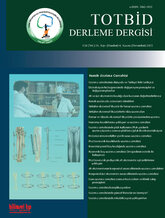
Limb length discrepancy (LLD) should be appraised beyond the absolute magnitude of shortening, with a comprehensive analysis of concomitant angular/rotational deformities, mechanical axis deviation, and functional adaptations. Clinical work-up must distinguish true from functional discrepancy using block testing, segmental anthropometric measurements, and posture/gait assessment; in children, age-appropriate normative data and remaining growth potential are essential. Radiologic confirmation relies on complementary use of standing long-leg radiographs, scanogram/CT-scanogram, and low-dose three-dimensional skeletal imaging (EOS), with strict attention to calibration and standardized positioning. Treatment is tiered by discrepancy size, age, activity, and cosmetic expectations: differences <10 mm are commonly observed; 1-2 cm are managed conservatively (shoe lift); guided growth (epiphysiodesis) is considered in skeletally immature patients; larger discrepancies may require planned shortening or controlled lengthening. A standardized evaluation pathway with individualized targets reduces unnecessary interventions while improving functional outcomes and patient satisfaction.